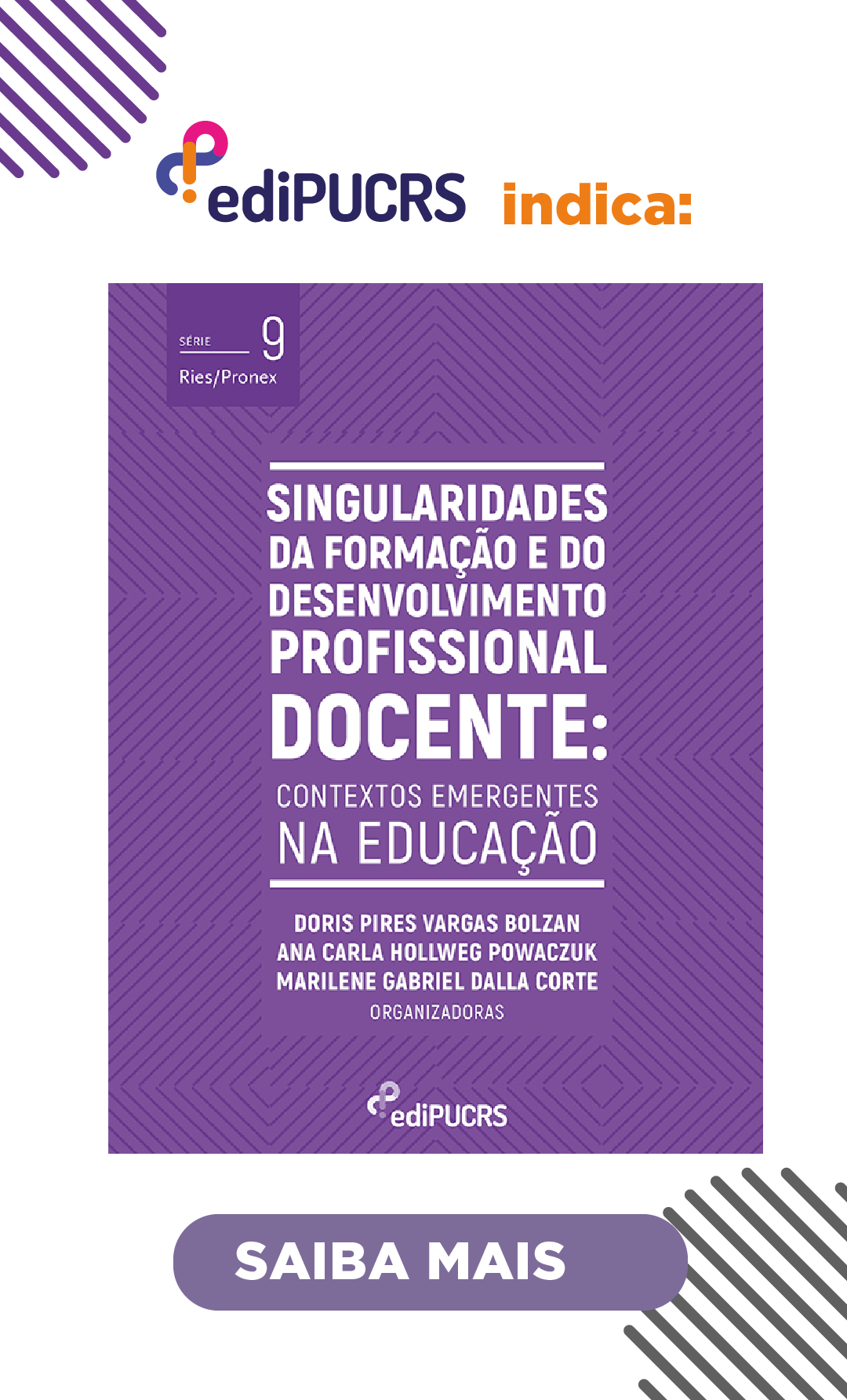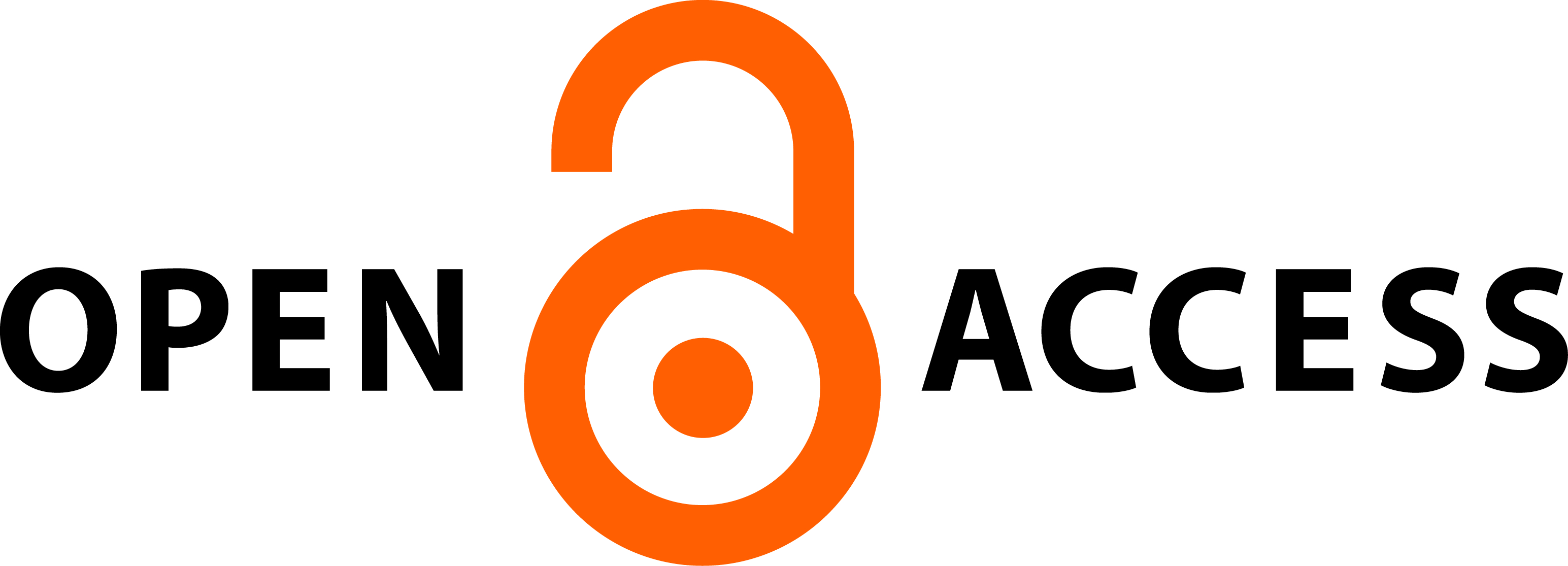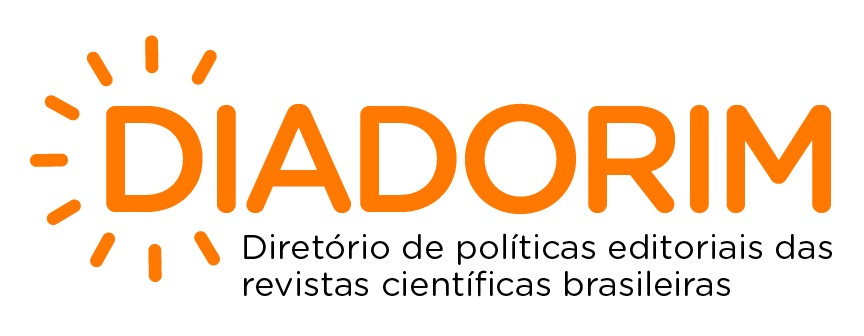The study of water through a virtual learning environment with the 5th year students of Elementary Education
DOI:
https://doi.org/10.15448/2179-8435.2014.2.17106Keywords:
Virtual learning environment. Water. Elementary Education.Abstract
The work presented here is the result of a practice carried out with students in the 5th grade of elementary school, whose school is located in Vale do Taquari - RS. This was developed from the proposal shown in the discipline of Virtual Learning Environments of the Program of Graduate School of Exact Sciences UNIVATES University Center. Thus, we prepared a AVA using some of the tools available in this environment, with the aim to introduce students to the topic of water in the discipline of science. For being a young audience, also called digital natives, we developed an environment whose main feature was the use of images. Thus, we developed with the support of Univates TV, a video on the phases of water, which is one of the materials available for the study of the subject. Results showed curiosity and autonomy of students to take an interest in certain subject and searching more about it. A courseware much appreciated by the students was the explanatory video, which generated many positive comments. One of the difficulties presented by the students was the multiple choice questions in the questionnaires as they mingled with the alternatives and especially when they log in to the environment, forgetting the password or changing characters of the email. At the end of the activities everyone enjoyed the experience and wondered if we could not be more lessons in the virtual environment.Downloads
References
BRASIL. Secretaria de Educação Fundamental. Parâmetros curriculares nacionais Ciências Naturais. Brasília: MEC/SEF, 1998.
BRASIL. Banco internacional de objetos educacionais. Brasília: MEC. Disponível em: http://objetoseducacionais2.mec.gov.br/ - Acesso em: 12 jul. 2013.
LISBÔA, E. S.; JUNIOR, J. B. B.; COUTINHO, C. P. O contributo do vídeo na educação online. In: CONGRESSO INTERNACIONAL GALEGO-PORTUGUÊS DE PSICOPEDAGOGIA, X., 2009, Braga. Actas... Braga: Universidade do Minho, 2009. Disponível em: http://repositorium.sdum.uminho.pt/bitstream/1822/9593/1/ContributoVideo.pdf - Acesso em: 5 ago. 2013.
MORIN, Edgar. Os sete necessários à educação do futuro. Tradução de Catarina Eleonora F. da Silva e Jeanne Sawaya. 2. ed. São Paulo: Cortez; Brasília, DF: UNESCO, 2000.
MESSA, Wilmara Cruz. Utilização de ambientes virtuais de aprendizagem – AVAS: a busca por uma aprendizagem significativa. In: Revista Brasileira de Aprendizagem Aberta e a Distância, v. 9, 2010. Qualis – ISSN 1086-1362. Disponível em: http://www.abed.org.br/revistacientifica/Revista_PDF_Doc/2010/2010_2462010174147.pdf - Acesso em: 10 jul. 2013.
PRENSKY, Marc. Digital Natives, Digital Immigrants. In: On the Horizon. MCB University Press, v. 9, n. 5. Oct. 2001. Tradução de Roberta de Moraes Jesus de Souza. Disponível em: http://crisgorete.pbworks.com/w/file/fetch/58325978/Nativos.pdf - Acesso em: 30 jul. 2013.
RATIER, Rodrigo. O que é um Gêiser? In: RATIER, R. Mundo estranho. Editora Abril. Disponível em: http://mundoestranho.abril.com.br/materia/o-que-e-um-geiser - Acesso em: 12 jul. 2013.
REFELDT, M. J. H. A aplicação de modelos matemáticos emsituações-problemas empresariais, com uso do software LINDO. Tese (Doutorado) – Universidade Federal do Rio Grande do Sul, Porto Alegre, 2009. f. 206+anexos.
ROSA, Emiliana Faria; LUCHI, Marcos. Semiótica imagética: a importância na aprendizagem. In: ENCONTRO DO CELSUL, IX., out. 2010, Palhoça, SC. Anais ... Palhoça: Universidade do Sul de Santa Catarina, 2010.
Downloads
Published
How to Cite
Issue
Section
License
Copyright
The submission of originals to Educação Por Escrito implies the transfer by the authors of the right for publication. Authors retain copyright and grant the journal right of first publication. If the authors wish to include the same data into another publication, they must cite Educação Por Escrito as the site of original publication.
Creative Commons License
Except where otherwise specified, material published in this journal is licensed under a Creative Commons Attribution 4.0 International license, which allows unrestricted use, distribution and reproduction in any medium, provided the original publication is correctly cited.





